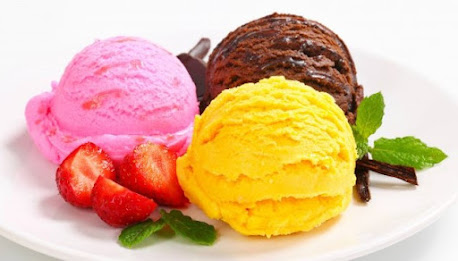Gelling agents are food additives used to provide body, texture, and structure to chewy, jelly-type candies. A food gel can be considered as a high moisture three-dimensional polymeric network that resists flow under pressure and more or less retains their distinct structural shape.
Gelling agents are the gel-forming agents when dissolved in a liquid phase as a colloidal mixture forms a weakly cohesive internal structure. They are organic hydrocolloids or hydrophilic inorganic substances. Hydrocolloids are a heterogeneous group of long chain polymers (polysaccharides and proteins) characterized by their property of forming viscous dispersions and/or gels when dispersed in water.
Gellification is the phenomenon involving the association or crosslinking of the polymer chains to form a three-dimensional network that traps or immobilizes water within it to form a rigid structure.
In semisolid dosage form, gelling agents are used at a concentration of 0.5%–10%. Examples includes tragacanth, pectin, starch, carbomer, sodium alginate, gelatin, cellulose derivatives, polyvinyl alcohol clays, etc. Gelatin was the first gelling agent to be discovered but it soon paved the way for agar, which has far superior material qualities.
Gelling agents also function as stabilizers and thickeners to provide thickening without stiffness. Certain gelling agents can reverse between liquid and gel state depending on the temperature, a property that adds much to their desirability. A good solidifier tends to be colorless, odorless and a good retainer of moisture.
Gelling agents
Epidemiology of Shigellosis
-
Shigellosis, an intestinal infection caused by *Shigella* bacteria, remains
a significant public health problem worldwide, particularly in regions
where ...




